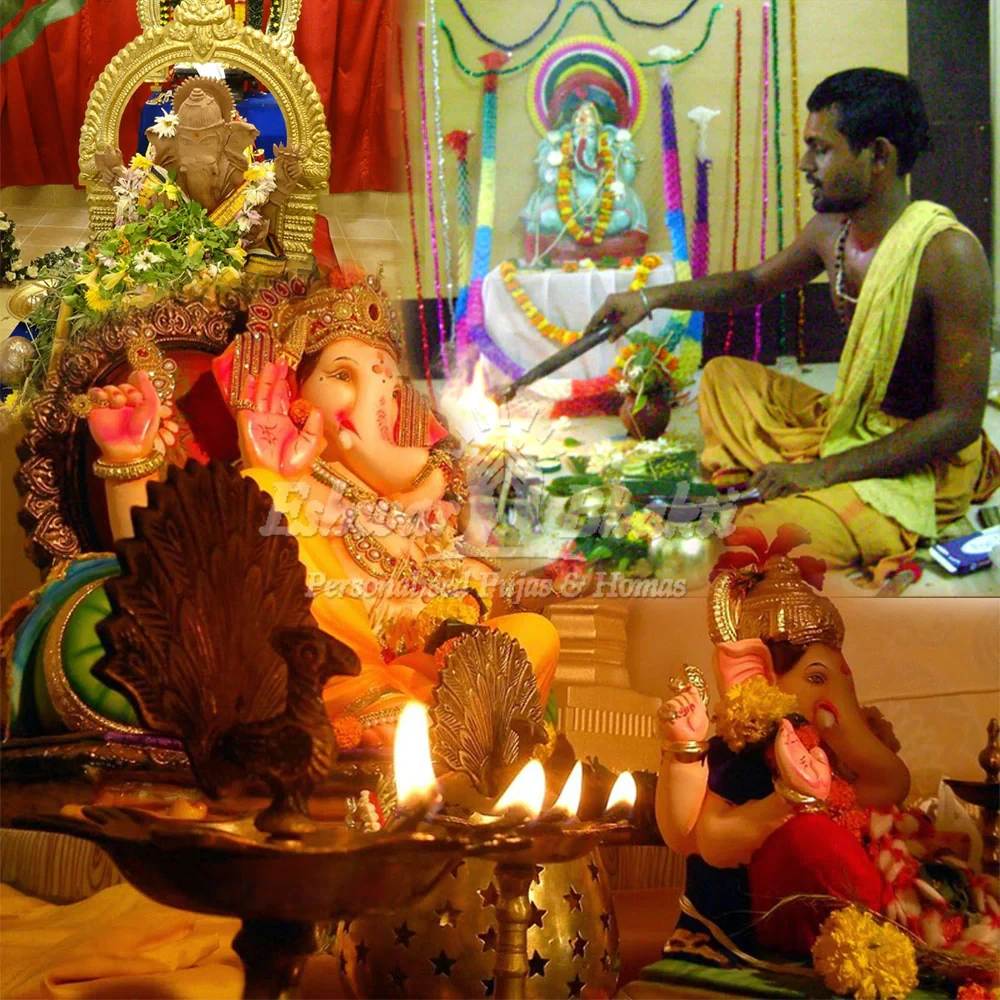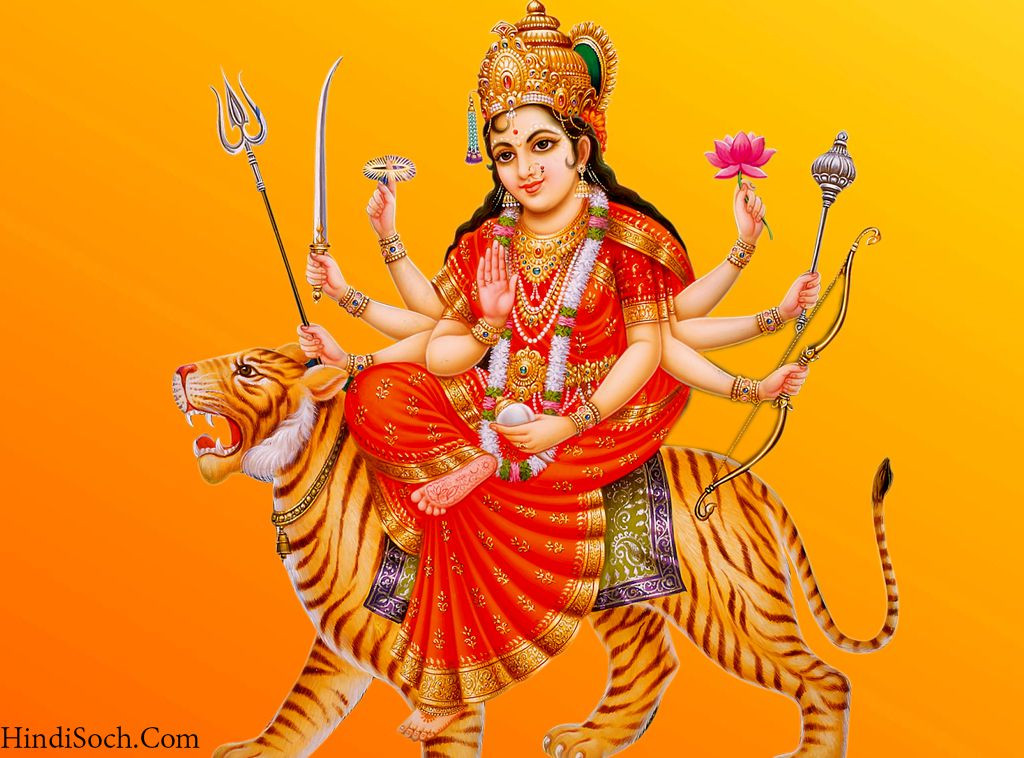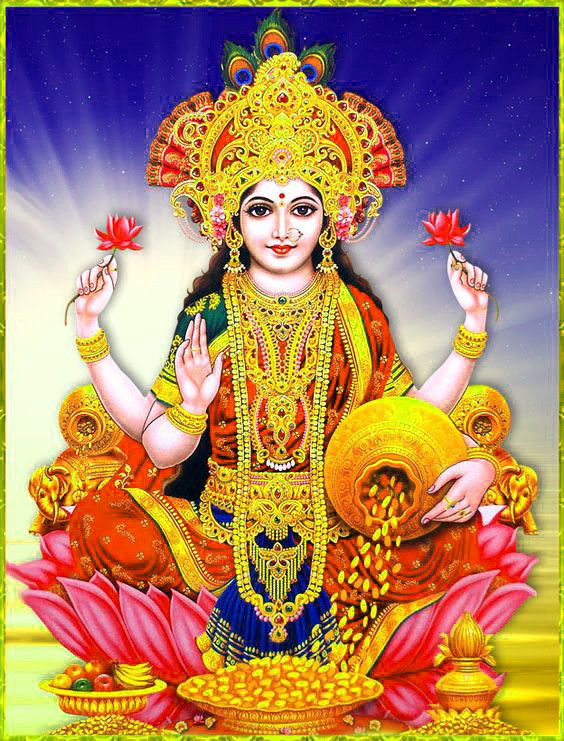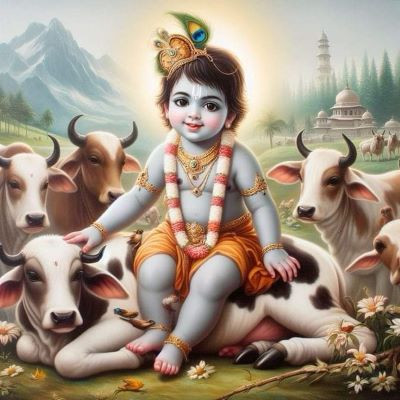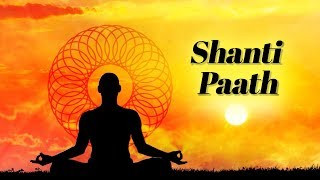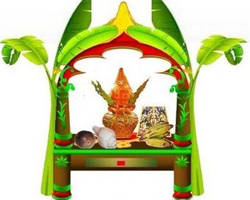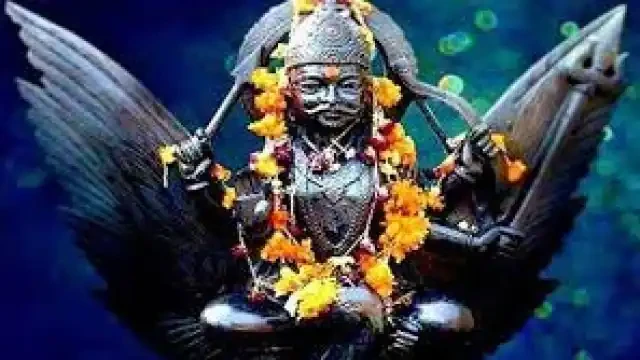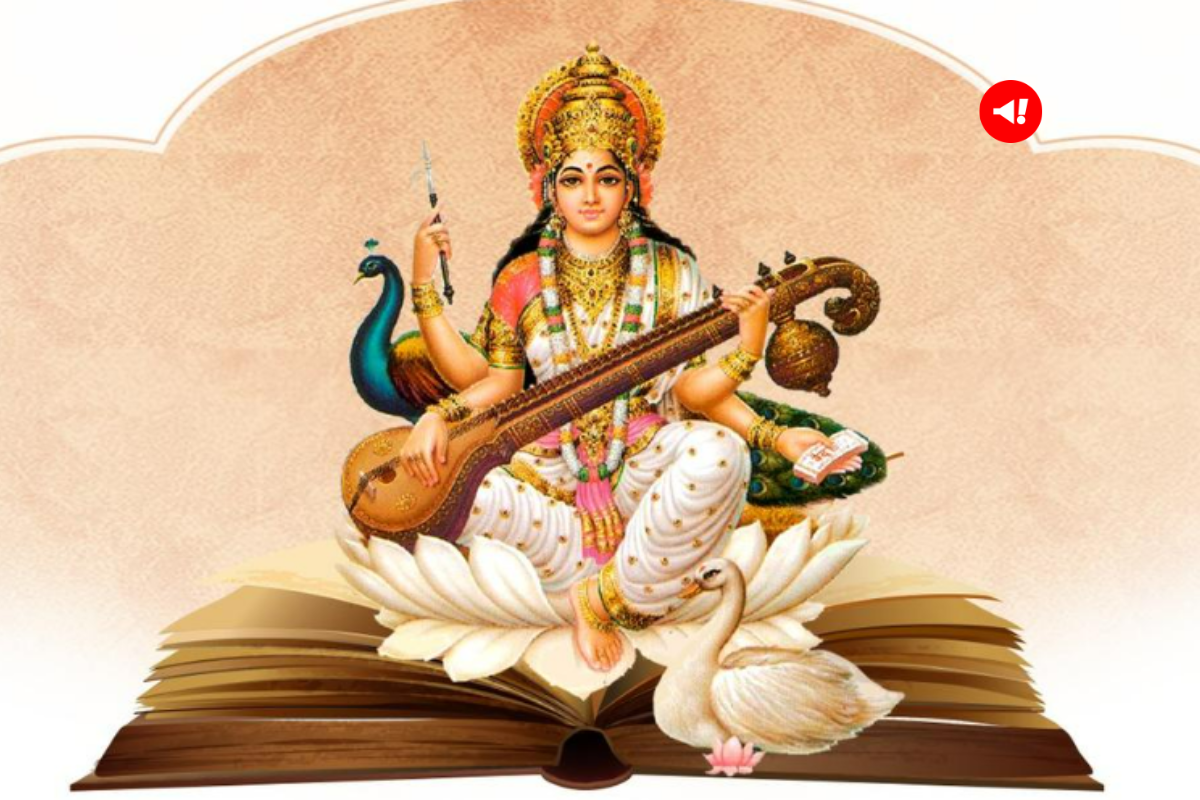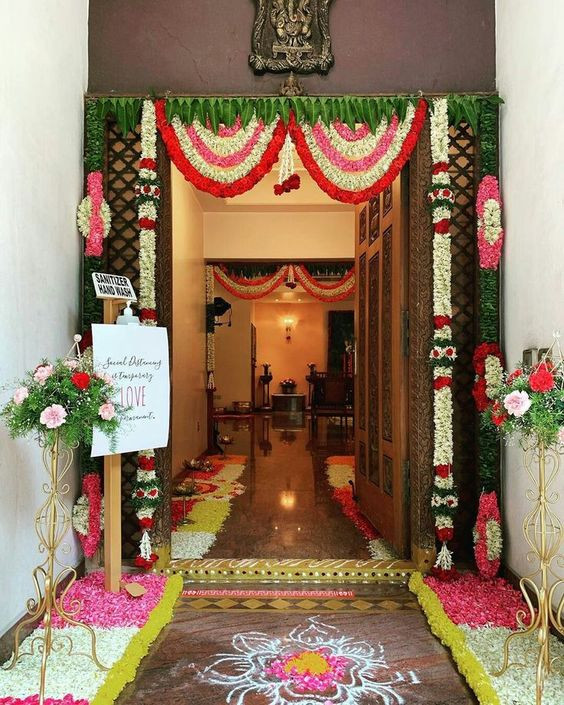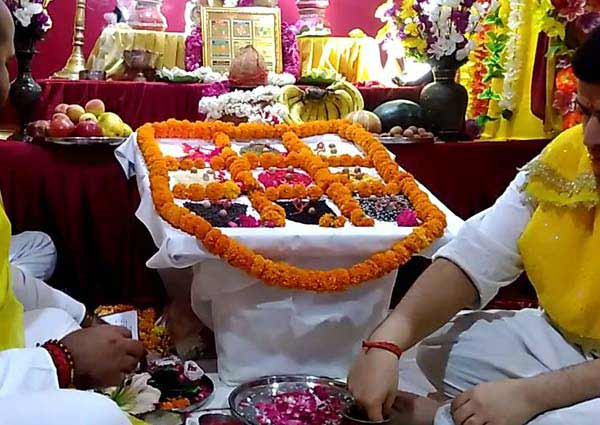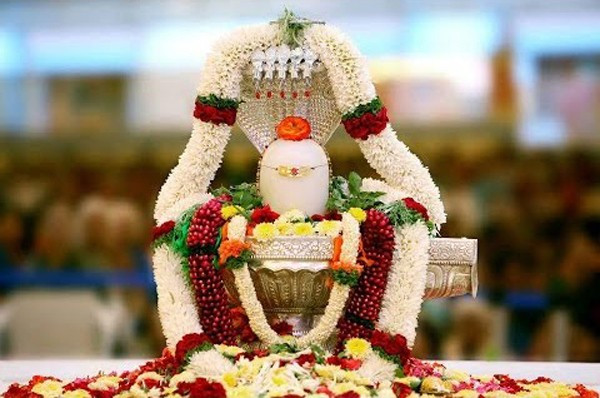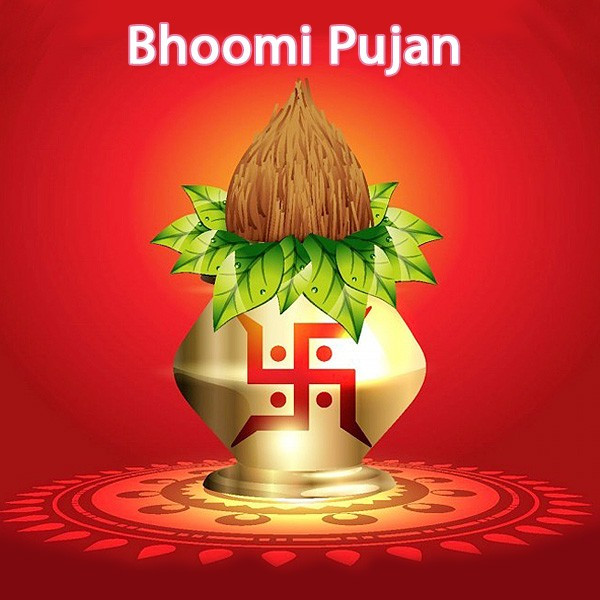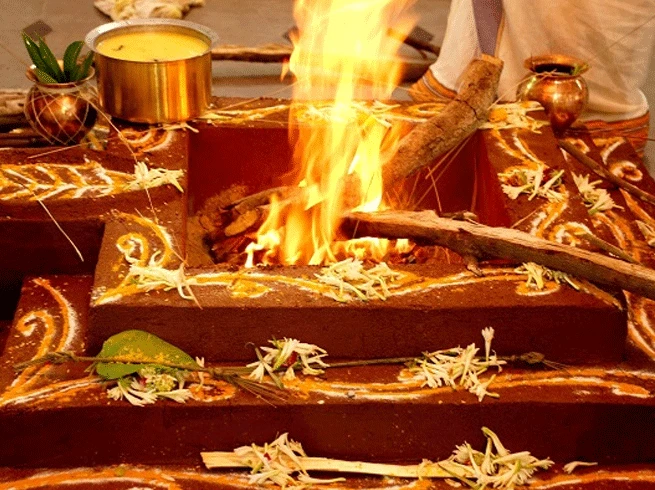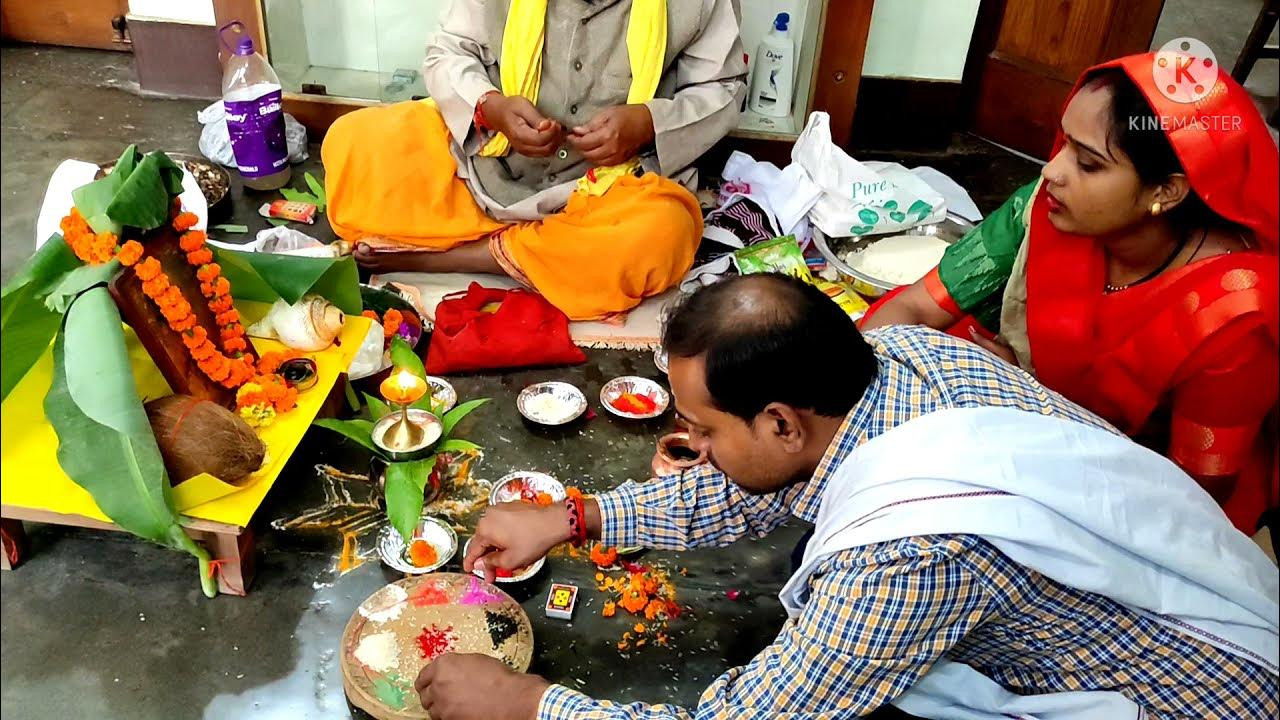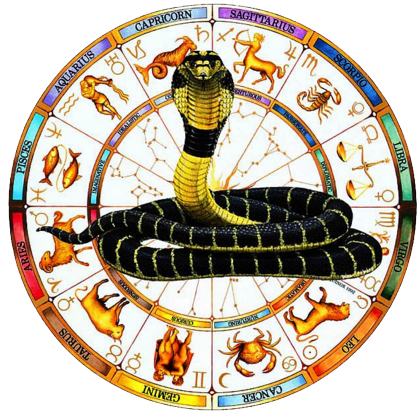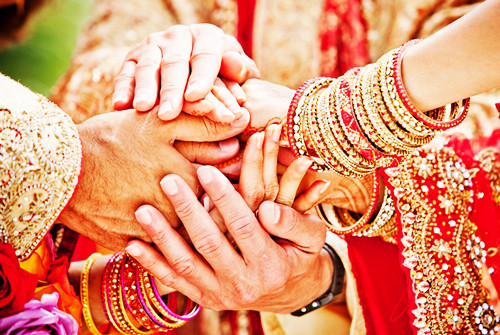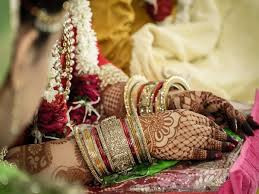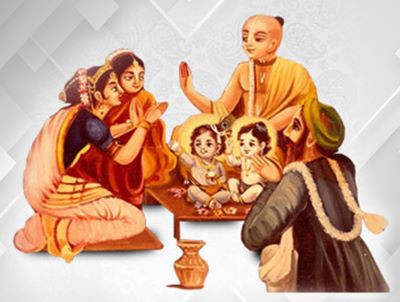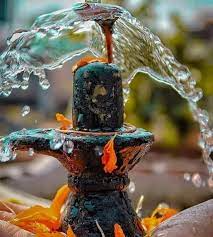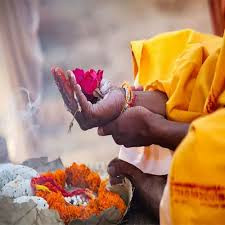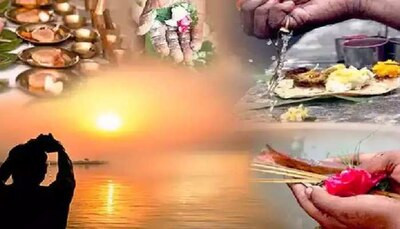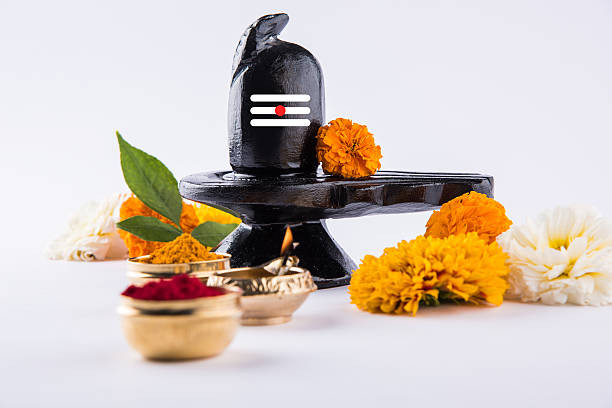
Mahashivratri Puja.
Maha Shivaratri is a Hindu festival dedicated to Lord Shiva, and it is celebrated with great devotion and enthusiasm. Devotees observe fasts, perform rituals, and engage in prayer during this auspicious day. Here are the details of the Maha Shivaratri Puja:
1. Date and Timing:
- Maha Shivaratri usually falls on the 13th night and 14th day of the lunar month of Phalguna (February or March). Devotees often observe a day-long fast and stay awake all night to celebrate the occasion.
2. Preparing for Puja:
- Devotees typically start preparing for the puja in advance. They clean their homes and the puja space, ensuring it is tidy and sanctified.
3. Puja Items:
- Shiva Lingam: The central focus of the puja is the Shiva Lingam, a symbolic representation of Lord Shiva.
- Bilva Leaves: Offerings of bilva (bael) leaves are considered auspicious. Devotees believe that Lord Shiva is especially pleased with bilva leaves.
- Milk: Abhishekam, or the ritual bathing of the Shiva Lingam, is done with milk. Some also use yogurt, honey, ghee, and water during the Abhishekam.
- Water: Clean water is used for pouring over the Shiva Lingam during the puja.
- Vibhuti (Sacred Ash): Devotees apply vibhuti on their foreheads and offer it to the Shiva Lingam.
- Sandalwood Paste: Sandalwood paste is used for smearing the Shiva Lingam.
- Fruits: Offerings of fruits, particularly bananas, are common during the puja.
- Incense Sticks and Camphor: Devotees light incense sticks and camphor to create a fragrant atmosphere during the puja.
- Dhoop (Frankincense): The burning of dhoop is another element that adds to the sanctity of the puja.
- Rudraksha Beads: Devotees often wear or use rudraksha beads during the puja, as they are considered sacred to Lord Shiva.
- Panchamrita: A mixture of milk, curd, honey, ghee, and sugar (Panchamrita) is offered to the Shiva Lingam and then distributed as prasad.
4. Puja Rituals:
- Prayers and Chanting: Devotees recite prayers, chant mantras dedicated to Lord Shiva, and sing devotional songs.
- Abhishekam: The ritual bathing of the Shiva Lingam is performed with different liquids, symbolizing the purification of the soul.
- Offerings: Devotees offer various items like fruits, flowers, bilva leaves, and other sacred items to Lord Shiva.
- Japa (Repetition of Mantras): Devotees may engage in japa, the meditative repetition of Shiva mantras, especially the Panchakshari mantra - "Om Namah Shivaya."
5. Staying Awake (Jagaran):
- Devotees often stay awake throughout the night, engaging in prayer, meditation, and devotional activities.
6. Breaking the Fast:
- The fast is usually broken the next day after sunrise. Some devotees consume simple meals or fruits to conclude the fast.
Maha Shivaratri is a night dedicated to the worship of Lord Shiva, and observing the puja with sincerity and devotion is believed to bring spiritual upliftment, blessings, and purification of the soul.
What you will get:
- Mahashivratri Puja can vary based on personal preferences, family traditions, and regional customs. However, here's a general list of items that are commonly provided or used during Mahashivratri Puja:
- 1. Shiva Lingam: The central item for Mahashivratri Puja is the Shiva Lingam, a symbol of Lord Shiva. Devotees offer their prayers, abhishekam (ritual bath), and other rituals to the Shiva Lingam.
- 2. Bilva Leaves: Bilva leaves, also known as bael leaves, are considered sacred to Lord Shiva. Devotees offer these leaves to the Shiva Lingam, as it is believed to be pleasing to Lord Shiva.
- 3. Milk and Panchamrita: Devotees perform abhishekam to the Shiva Lingam using milk, yogurt, honey, ghee, and sugar (Panchamrita). This ritual symbolizes the purification and sanctification of the deity.
- 4. Ganga Jal: Ganga Jal is used for the ritual bath (abhishekam) of the Shiva Lingam.
- 5. Vibhuti (Sacred Ash) and Chandan (Sandalwood Paste): Devotees apply vibhuti and chandan on their foreheads as a symbol of devotion, and they may also offer these to the Shiva Lingam.
- 6. Incense Sticks and Camphor: Devotees light incense sticks and camphor during the puja to create a fragrant and spiritually charged atmosphere.
- 7. Fruits & Flowers: Offerings of fruits, especially bananas, are common during Mahashivratri Puja.
- 8. Betel Leaves and Nuts: Betel leaves and nuts are often included in the offerings as they are considered auspicious.
- 9. Coconut: A coconut may be offered to Lord Shiva during the puja.
- 10. Dhoop (Frankincense): The burning of dhoop adds to the sanctity of the puja by creating a purifying fragrance.
- 11. Rudraksha Beads: Some devotees wear or use rudraksha beads during the puja, as they are considered sacred to Lord Shiva.
- 12. Maha Mrityunjaya Mantra: The chanting of the Maha Mrityunjaya Mantra is significant during Mahashivratri Puja. Devotees often recite this powerful mantra dedicated to Lord Shiva.
- 13. Prasad: Devotees prepare or buy special sweets, fruits, or other vegetarian items to offer as prasad. This is later distributed among family members and attendees.
- 14. Panchakshari Mantra Chanting: Devotees may engage in the chanting of the Panchakshari mantra - "Om Namah Shivaya" during the puja.
- 15. Decorations: The puja space may be decorated with flowers, rangoli, and other festive decorations.
- It's important to note that while these are common items associated with Mahashivratri Puja, the specific items and rituals may vary based on individual preferences and regional customs. Devotees may also include additional items or conduct specific prayers and rituals based on their family traditions and personal beliefs.
Benifits of the Package:
- Mahashivratri Puja is believed to bring numerous spiritual and worldly benefits to devotees who observe it with sincerity and devotion. While the primary emphasis is on spiritual upliftment and connecting with the divine, people also seek blessings for various aspects of their lives. Here are some perceived benefits of Mahashivratri Puja.
- 1. Spiritual Upliftment: Devotees believe that Mahashivratri Puja helps in purifying the mind, body, and soul, leading to spiritual growth and enlightenment.
- 2. Blessings of Lord Shiva: Performing Mahashivratri Puja is seen as a way to seek the blessings of Lord Shiva. Devotees believe that these blessings bring protection, guidance, and grace into their lives.
- 3. Removal of Obstacles: Worshipers seek the divine intervention of Lord Shiva to remove obstacles and challenges from their lives, both on a spiritual and material level.
- 4. Inner Peace and Harmony: Mahashivratri Puja is believed to bring inner peace, tranquility, and emotional balance to individuals, helping them cope with the stresses of life.
- 5. Detoxification and Healing: The ritual bath (abhishekam) performed during the puja, using various liquids such as milk, honey, and water, is believed to have purifying and healing effects on the body and mind.
- 6. Protection from Negativity: Devotees seek protection from negative energies and influences by worshiping Lord Shiva during Mahashivratri.
- 7. Fulfillment of Desires: It is believed that sincere prayers and devotion during Mahashivratri can lead to the fulfillment of heartfelt wishes and desires.
- 8. Divine Love and Devotion: Mahashivratri Puja is seen as an opportunity to express deep love and devotion to Lord Shiva, fostering a strong connection with the divine.
- 9. Wisdom and Knowledge: Devotees pray for the blessings of wisdom, knowledge, and understanding, seeking guidance in making wise decisions and choices.
- 10. Family Well-being: The puja is often performed for the well-being and harmony of the family. Devotees seek Lord Shiva's blessings for the prosperity and happiness of their loved ones.
- 11. Reduction of Negative Karma: Observing Mahashivratri Puja is believed to have a purifying effect on an individual's karma, helping to reduce negative influences and past actions.
- 12. Spiritual Transformation: Devotees seek spiritual transformation and growth through the practices of meditation, chanting, and prayers during Mahashivratri Puja.
- 13. Renewal and Rejuvenation: The celebration of Mahashivratri is often associated with renewal and rejuvenation, both on a spiritual and physical level.
- It's important to note that the perceived benefits of Mahashivratri Puja are rooted in religious and cultural beliefs. Devotees approach the puja with faith and devotion, and the impact may vary from person to person based on their individual experiences and spiritual journey.
Service Availability
- Sunday 08:00 AM - 02:00 PM
- Monday 08:00 AM - 02:00 PM
- Tuesday 08:00 AM - 02:00 PM
- Wednesday 08:00 AM - 02:00 PM
- Thursday 08:00 AM - 02:00 PM
- Friday 01:00 AM - 05:30 AM
- Saturday 01:20 AM - 12:40 PM

